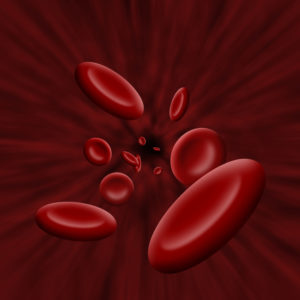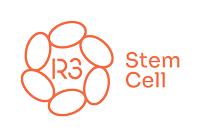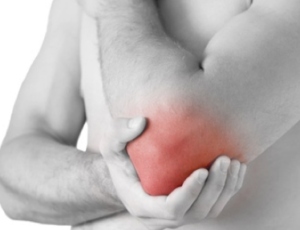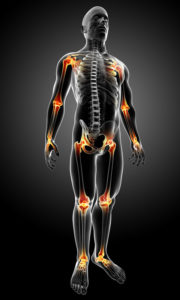The platelet-rich plasma contains three predominant cell types – platelets, growth factors, and white blood cells. Platelets assist throughout the healing process, while white blood cells promote the first phase of healing, which is inflammation. The growth factors stimulate tissue recovery by enhancing tendon stem cell proliferation, increasing collagen production, and motivating gene and protein expression.
Growth factors also stimulate new blood flow, causing cartilage to become more resilient and firm. In addition, PRP activates tendon cells – tenocytes, which are cells that produce collagen. The collagen then repairs ligaments, tendons, muscle, and cartilage.




